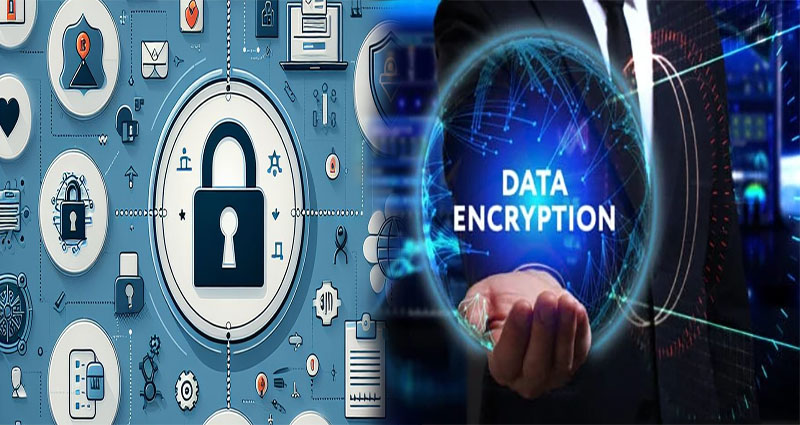In the digital age, the protection of our personal and sensitive information has become increasingly crucial. This is particularly true for home networks that store valuable data such as personal photos, financial information, and legal documents. Network access storage (NAS) is a convenient and efficient way to store data, but it must be secured properly to prevent unauthorized access. In this article, we will discuss the importance of data encryption and user authentication features for securing network access storage for home.
Understanding Network Access Storage (NAS)
Network access storage (NAS) is a data storage solution that allows multiple users and devices to access data over a network. NAS devices are typically connected to home networks and can store and stream media files, documents, and other data types.
While NAS devices offer convenience and accessibility to stored data, they are also vulnerable to security breaches and require proper security measures.
Data Encryption
One of the most effective ways to secure network access storage is to use data encryption. Data encryption is the process of transforming data into a code to make it unreadable without the use of a decryption key. By encrypting data on a NAS device, you can ensure that even if unauthorized individuals gain access to the stored data, they will not be able to read or decipher the content.
Many NAS devices offer data encryption features, and it is recommended to enable them to ensure maximum security. Look for encryption protocols such as AES (Advanced Encryption Standard) or SSL (Secure Sockets Layer) when setting up your NAS device.
User Authentication
User authentication is a security process that involves verifying the identity of a user before granting access to a system or device. By implementing user authentication features for NAS devices, you can ensure that only authorized users have access to stored data.
User authentication features can include password protection, multi-factor authentication, and biometric identification. When setting up your NAS device, be sure to set up strong passwords and multi-factor authentication to prevent unauthorized access by hackers.
Regularly Update Firmware and Software
NAS devices, like any computer system, require regular firmware and software updates to ensure security and protect against vulnerabilities. Manufacturers regularly release updates to improve performance and address security flaws.
To ensure your NAS device is up to date, check the manufacturer’s website or your device’s control panel for any available updates. Regularly installing firmware and software updates can prevent security breaches and ensure maximum security for your network access storage.
Regularly Back Up Data
Even with proper security measures in place, there is still a risk of data loss due to system failures or human error. To minimize the impact of such losses, it is critical to regularly back up data stored on your NAS device.
NAS devices typically offer built-in backup solutions, such as cloud syncing or image backups. Develop a regular backup routine to ensure you always have a recent copy of your data in case of a security breach or system failure.
Securing network access storage for home is essential to protect personal and sensitive data from unauthorized access. By implementing data encryption, user authentication features, and regularly updating firmware and software, you can significantly reduce the risk of security breaches.
Remember to regularly back up data to minimize the impact of data loss due to system failures or human error. Follow these best practices for securing network access storage for home to ensure peace of mind and maximum data protection.











